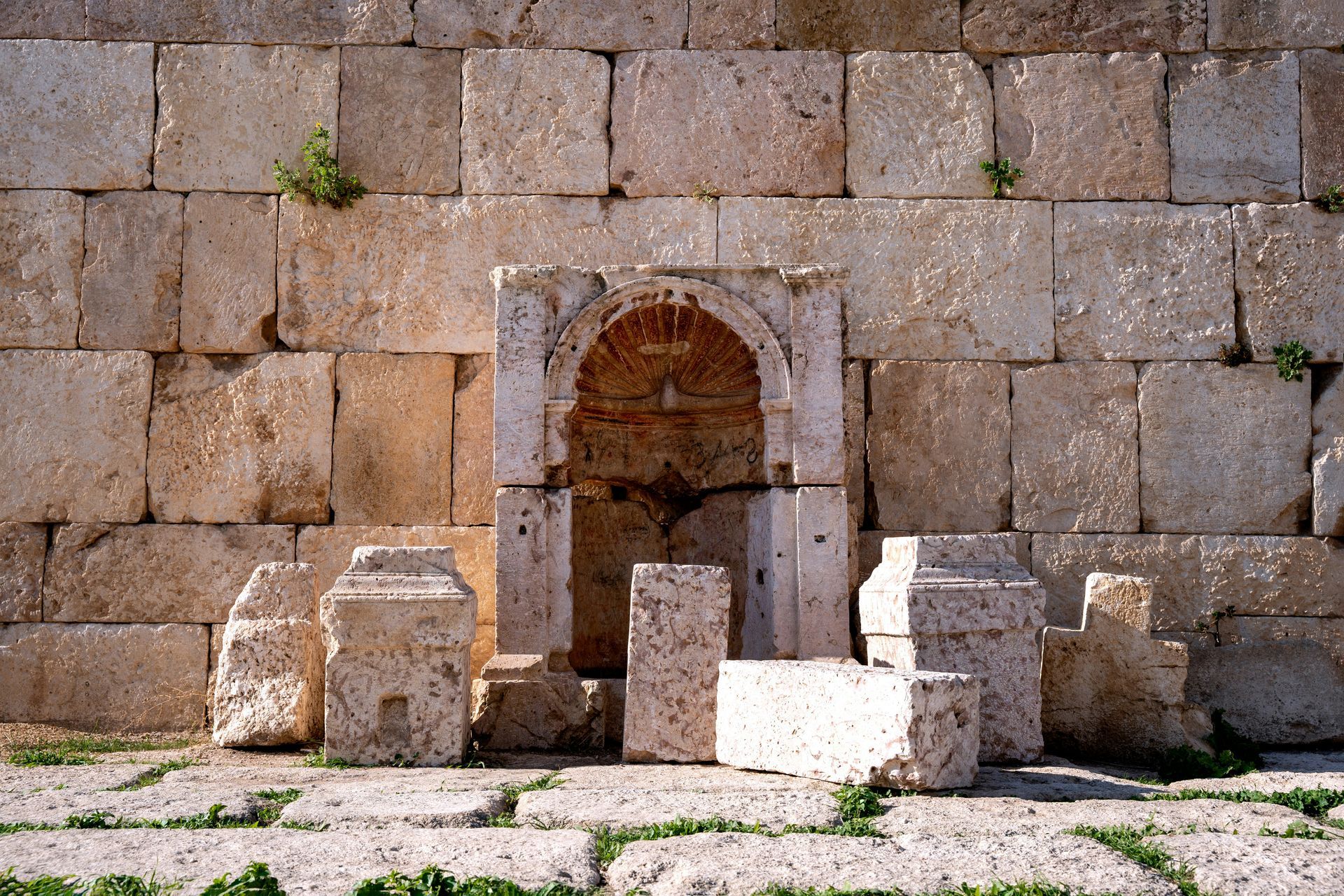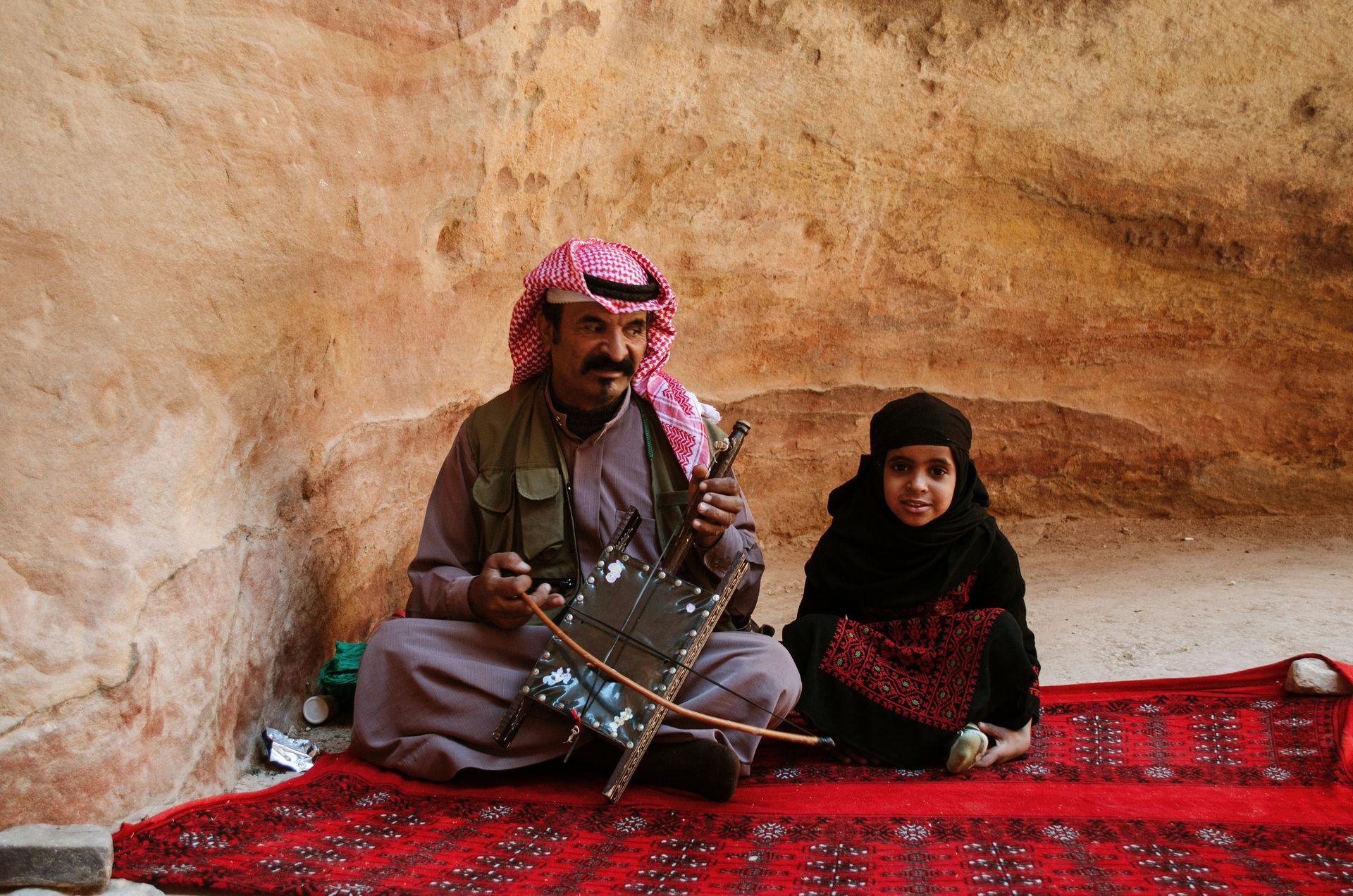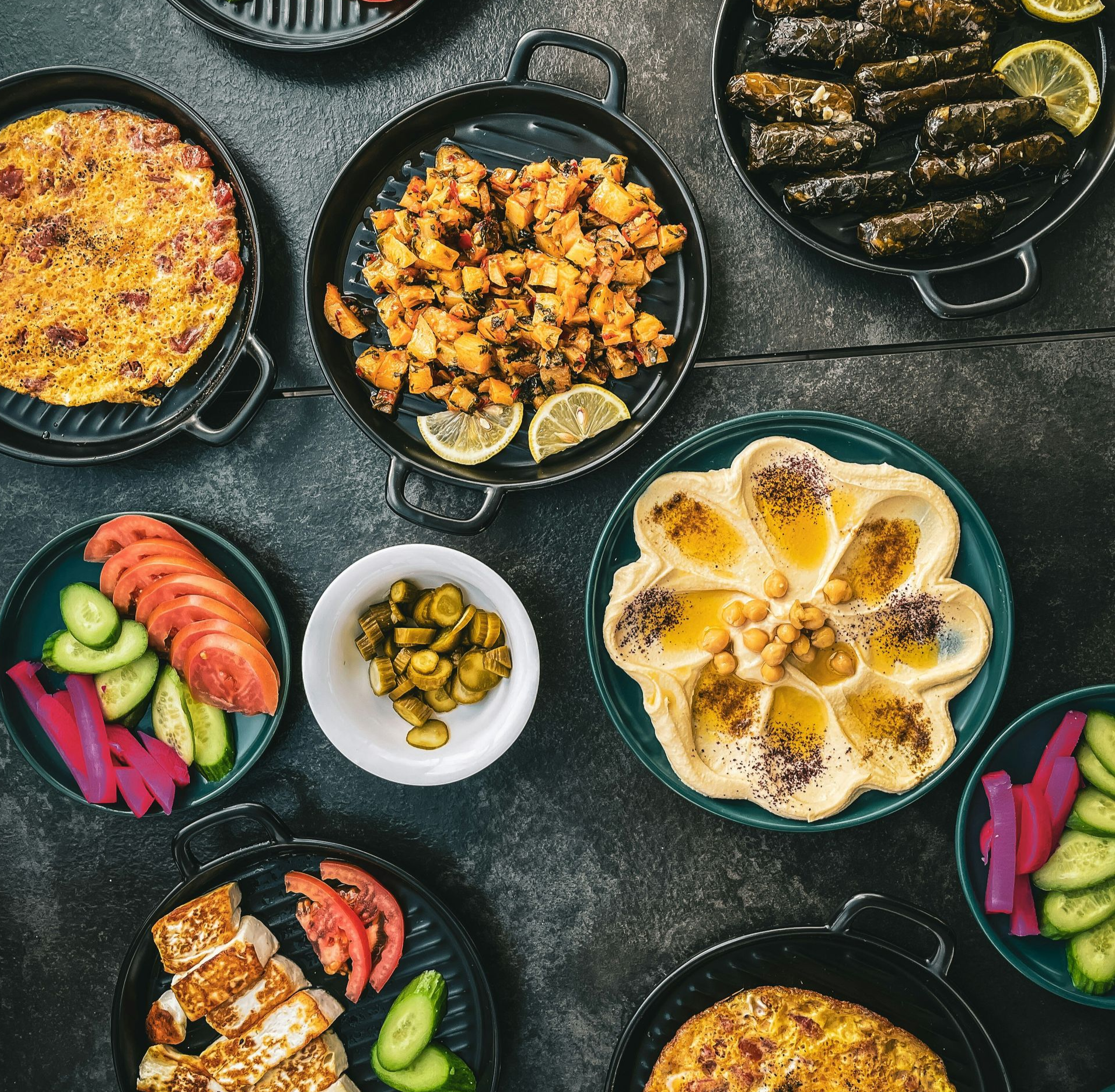Jordan
Jordan is a captivating country of ancient wonders, dramatic desert landscapes, and warm hospitality. Travelers explore the rose-red city of Petra, float in the mineral-rich Dead Sea, and experience the surreal rockscapes of Wadi Rum. Rich archaeological sites, Roman ruins, and vibrant markets reveal millennia of history, while welcoming communities and flavorful cuisine invite meaningful cultural encounters. Guided tours, desert excursions, and homestays make it easy to connect with traditions, Bedouin hospitality, and archaeological wonders.
Jordan
Jordan is a captivating country of ancient wonders, dramatic desert landscapes, and warm hospitality. Travelers explore the rose-red city of Petra, float in the mineral-rich Dead Sea, and experience the surreal rockscapes of Wadi Rum. Rich archaeological sites, Roman ruins, and vibrant markets reveal millennia of history, while welcoming communities and flavorful cuisine invite meaningful cultural encounters. Guided tours, desert excursions, and homestays make it easy to connect with traditions, Bedouin hospitality, and archaeological wonders.
Why Jordan?
Jordan is a destination of ancient wonders and natural beauty. From Petra’s carved canyons to the vast Wadi Rum desert, it offers unforgettable contrasts of history and adventure. The Dead Sea provides tranquil renewal, while Amman blends modern energy with rich heritage—making Jordan a place where past and present meet in harmony.
Why Jordan?
Jordan is a destination of ancient wonders and natural beauty. From Petra’s carved canyons to the vast Wadi Rum desert, it offers unforgettable contrasts of history and adventure. The Dead Sea provides tranquil renewal, while Amman blends modern energy with rich heritage—making Jordan a place where past and present meet in harmony.
Land of Deep History.
Jordan, the Land of Deep History, is where ancient civilizations and faith traditions intertwine across breathtaking landscapes. From the rose-red city of Petra and the Roman ruins of Jerash to the sacred waters of the River Jordan, every site tells a timeless story. This remarkable kingdom bridges millennia, offering travelers a living journey through history, heritage, and enduring cultural spirit.
Land of Deep History.
Jordan, the Land of Deep History, is where ancient civilizations and faith traditions intertwine across breathtaking landscapes. From the rose-red city of Petra and the Roman ruins of Jerash to the sacred waters of the River Jordan, every site tells a timeless story. This remarkable kingdom bridges millennia, offering travelers a living journey through history, heritage, and enduring cultural spirit.
Featured Destinations
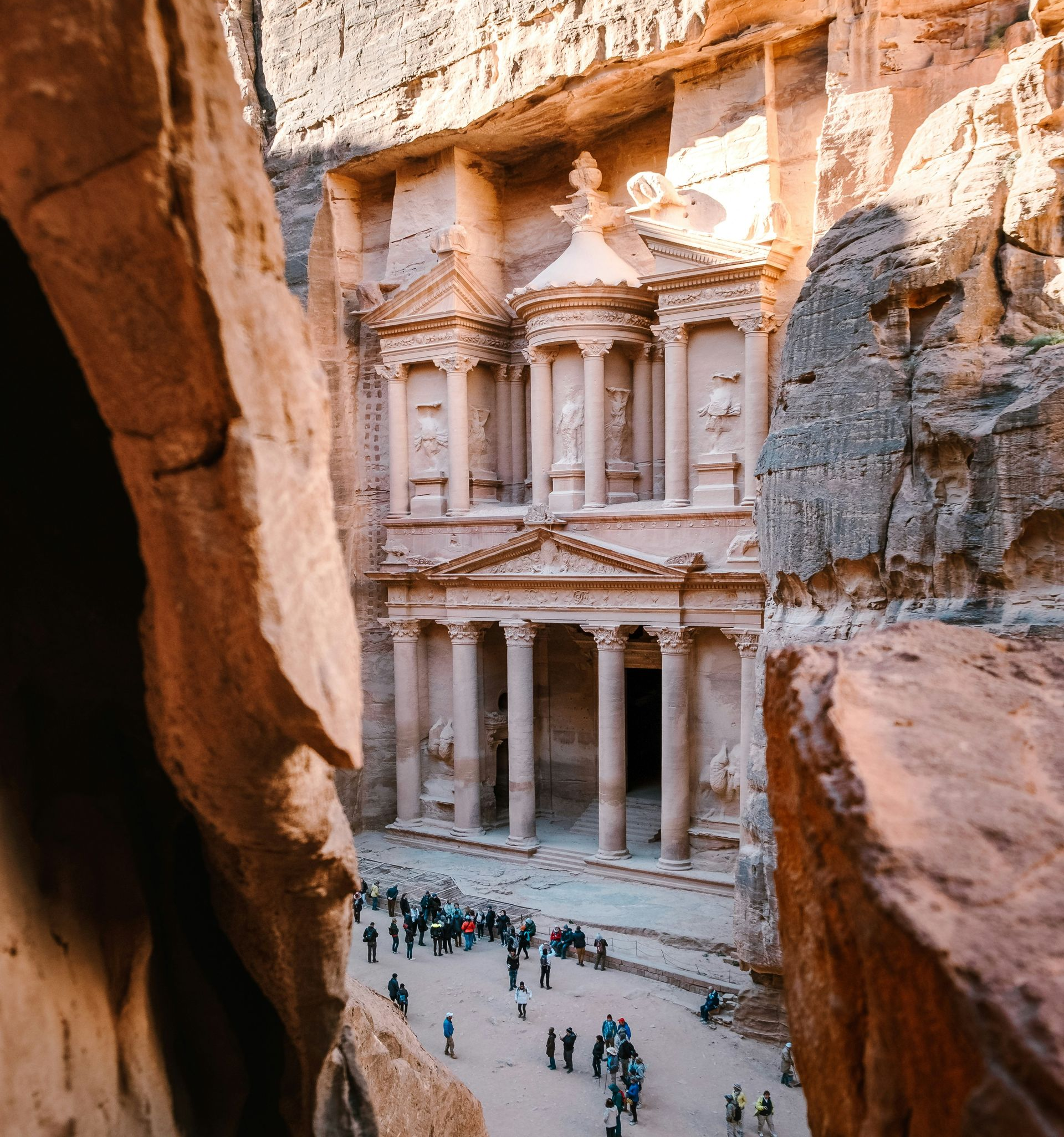
Slide title
Petra
Button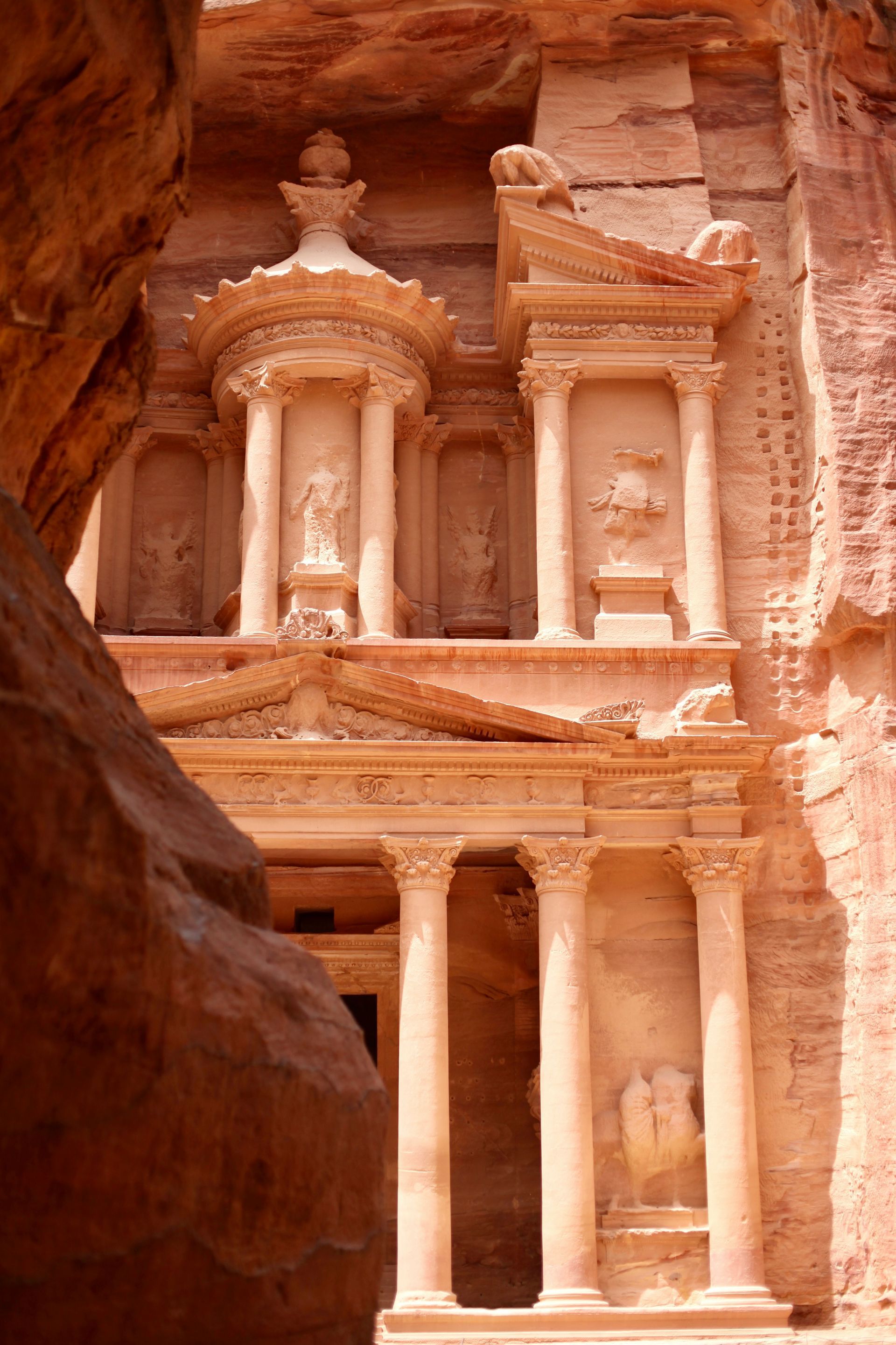
Slide title
Petra
Button
Slide title
Petra
Button
Slide title
Petra
Button
Slide title
Petra
Button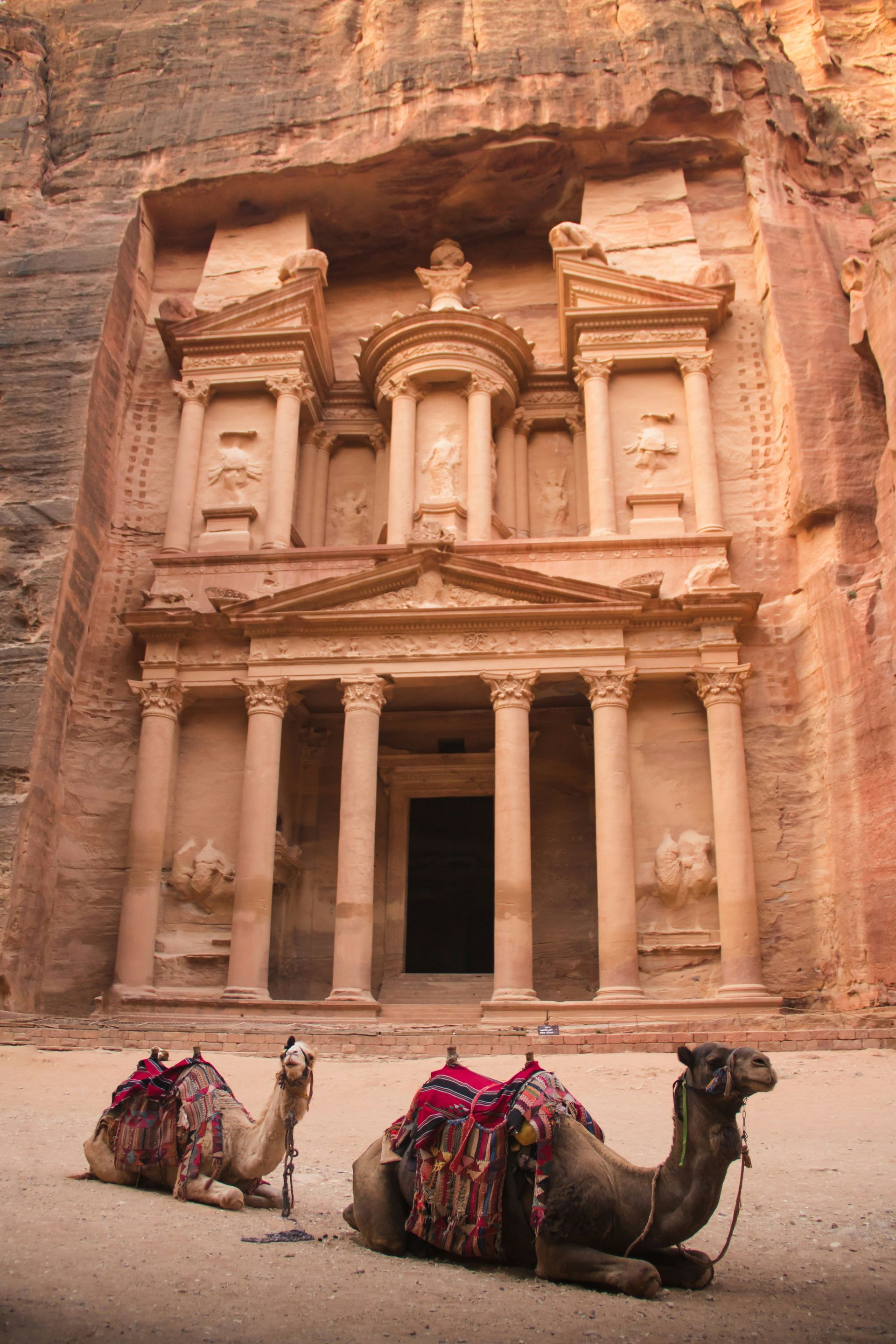
Slide title
Petra
Button
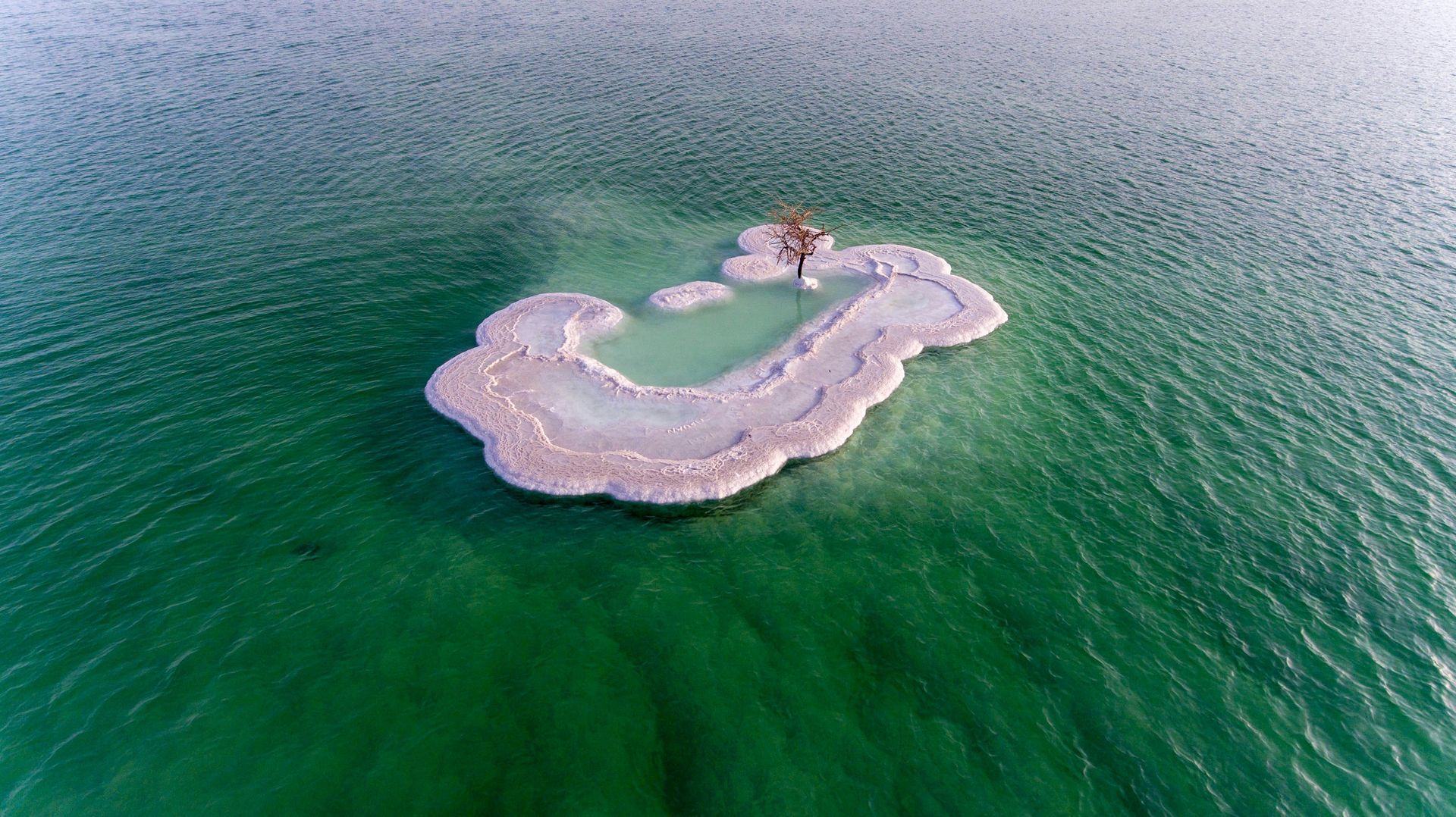
Slide title
Dead Sea
Button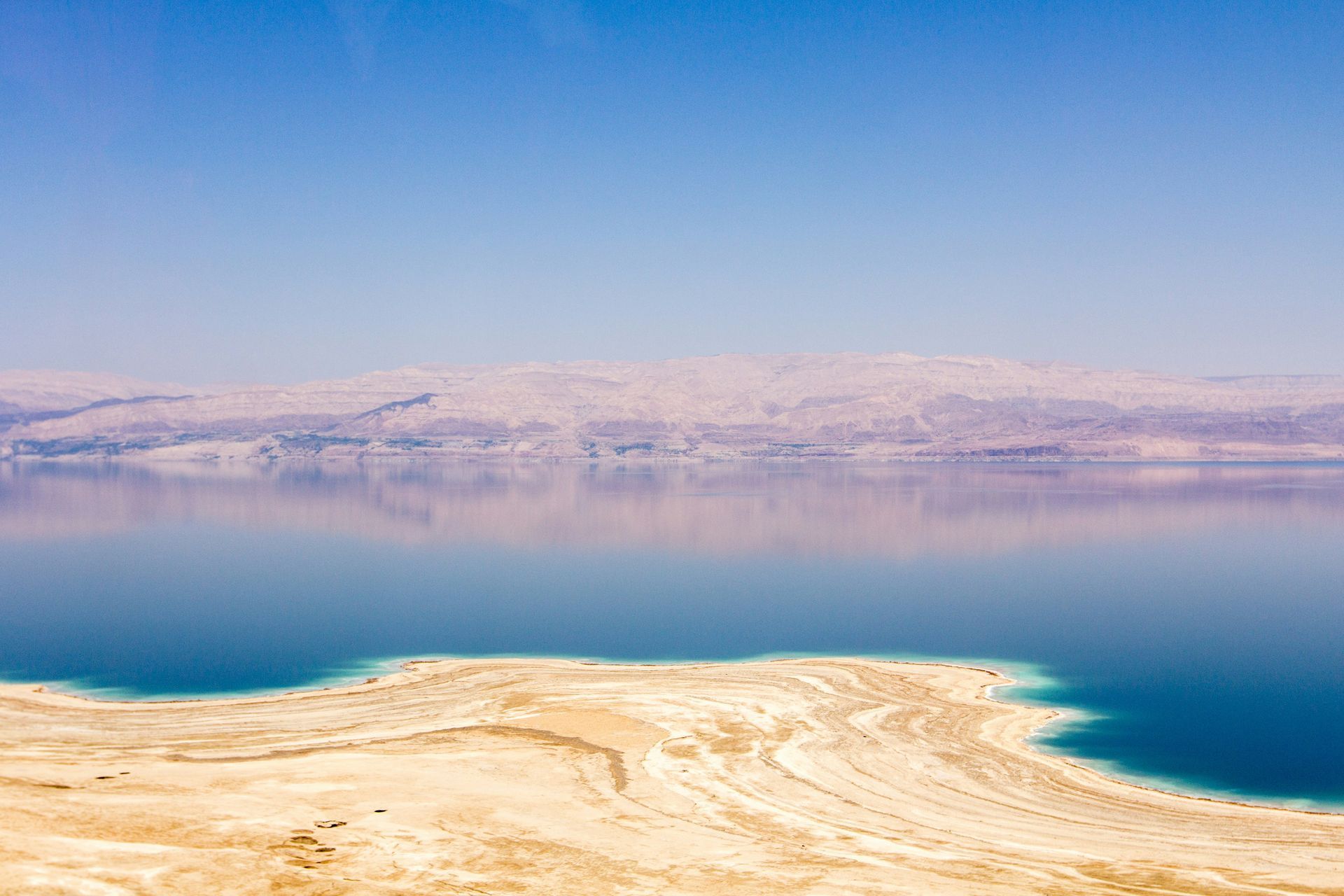
Slide title
Dead Sea
Button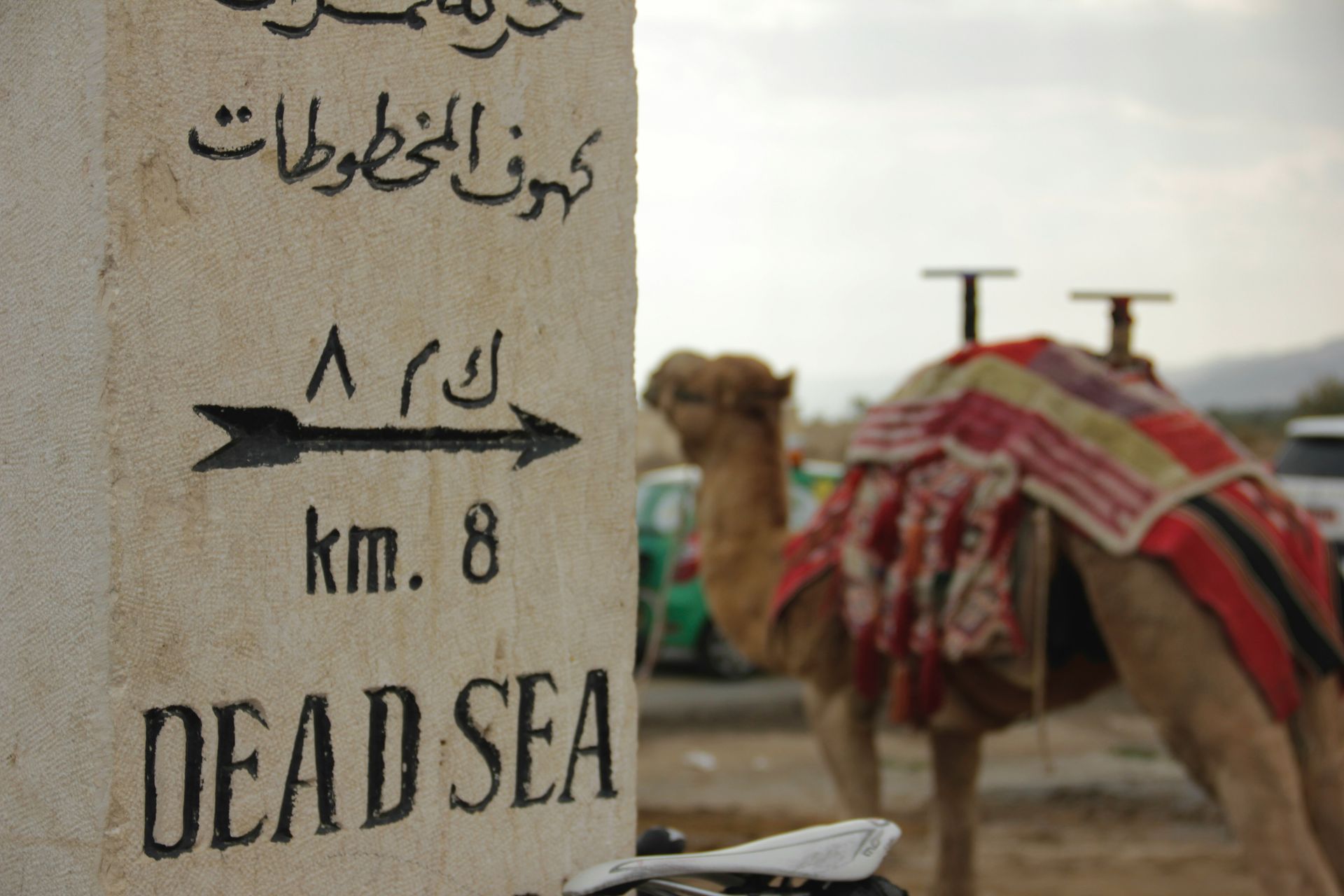
Slide title
Dead Sea
Button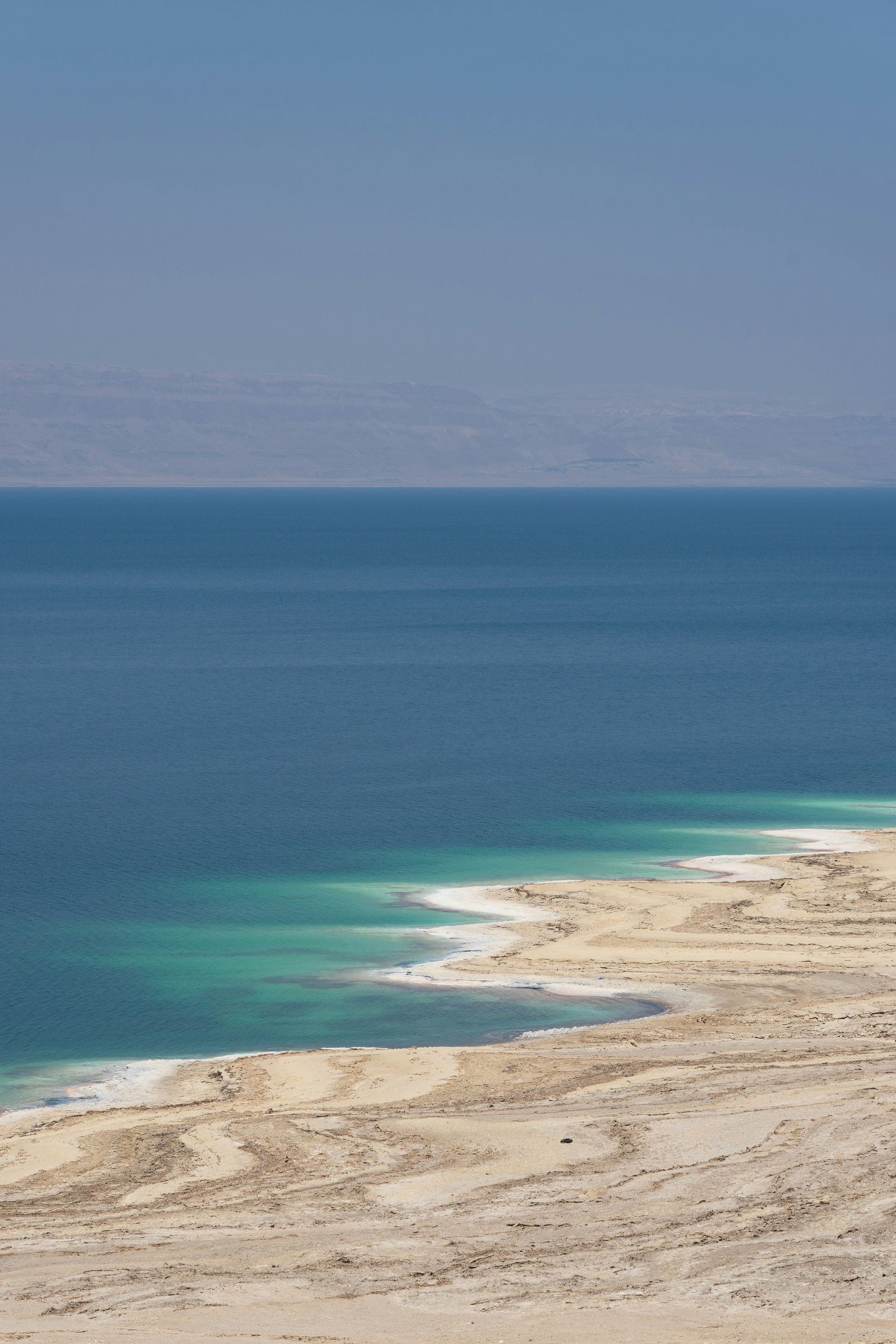
Slide title
Dead Sea
Button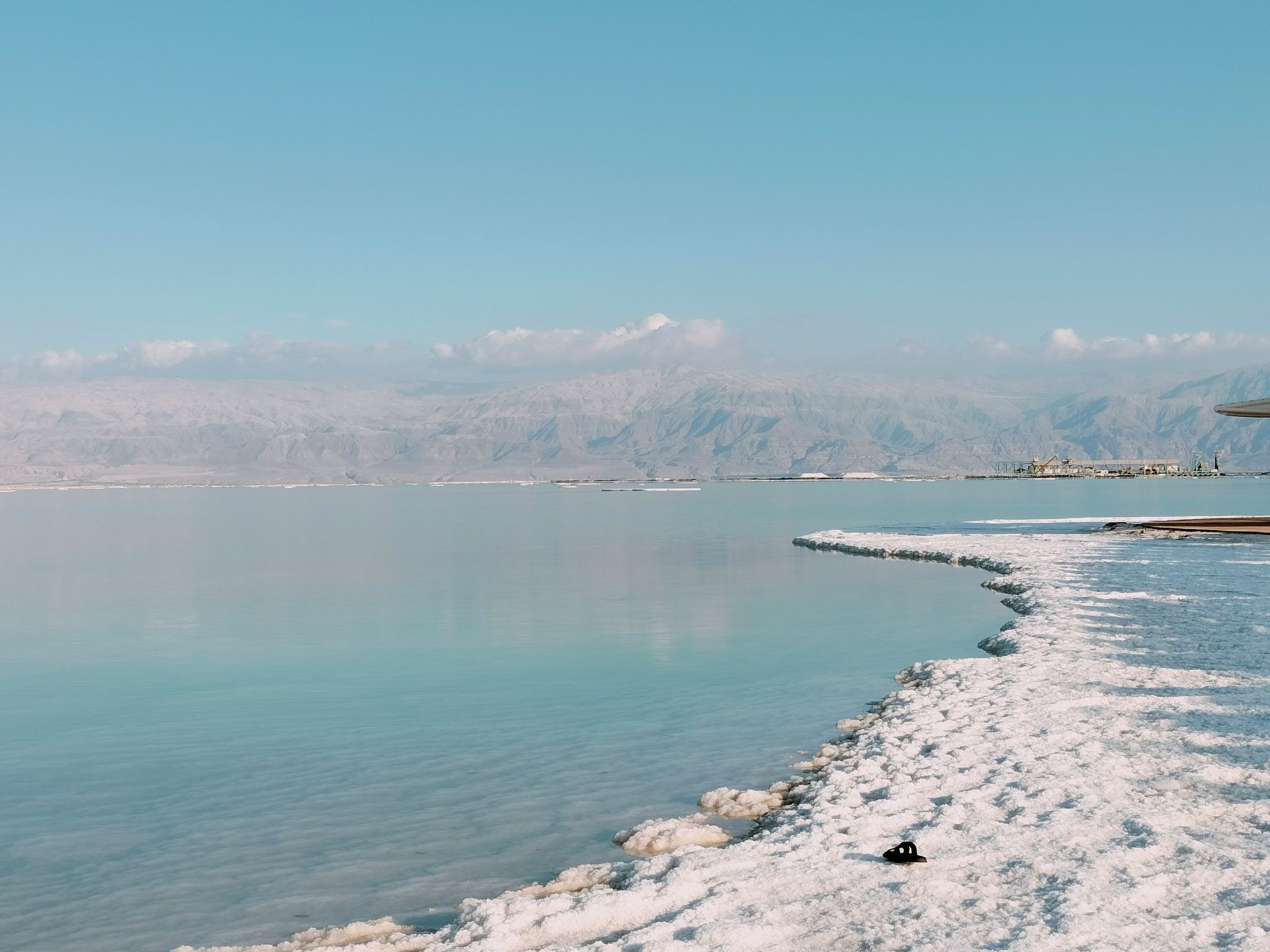
Slide title
Dead Sea
Button
Slide title
Dead Sea
Button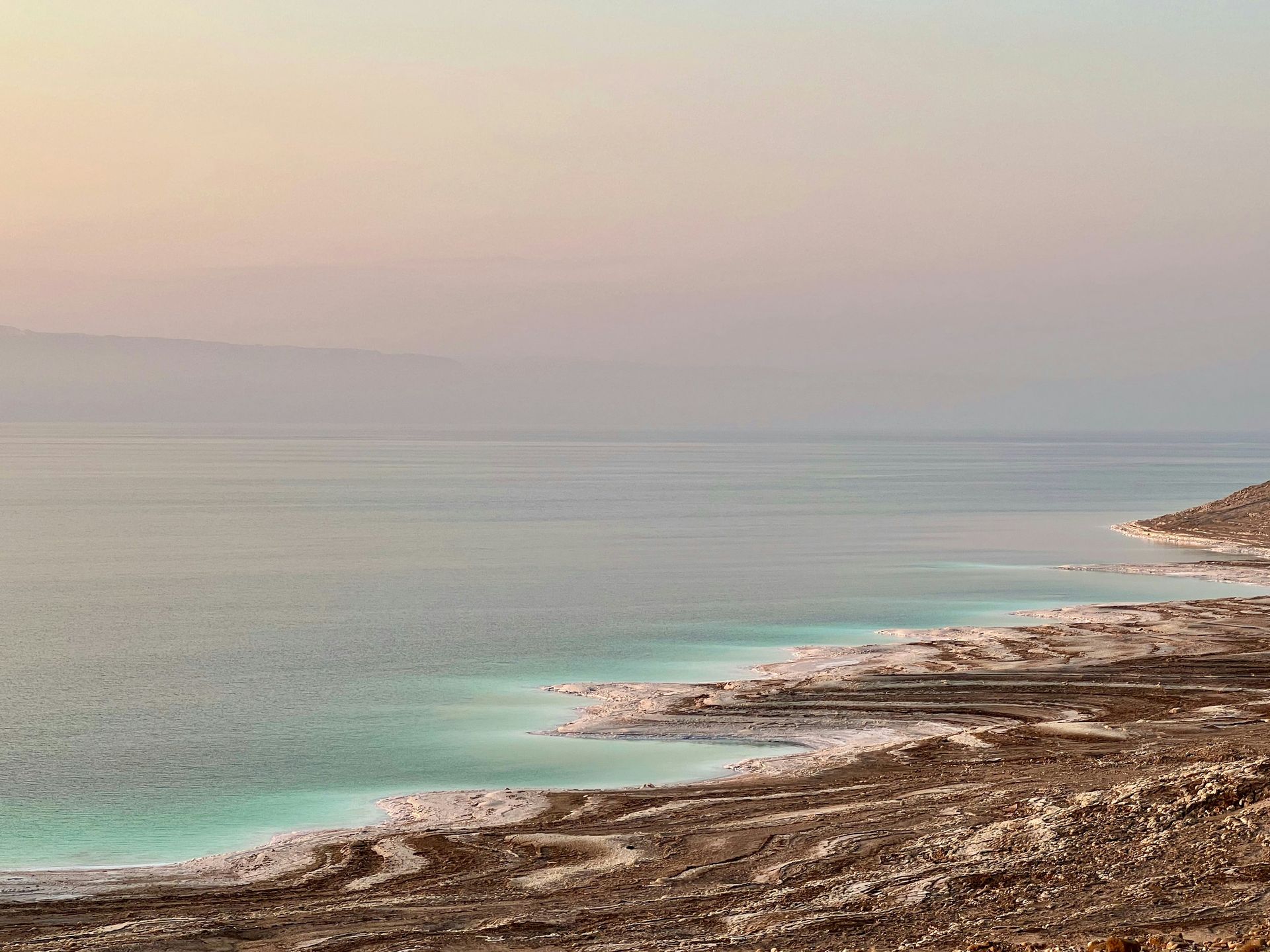
Slide title
Dead Sea
Button
Slide title
Dead Sea
Button

Slide title
Wadi Rum
Button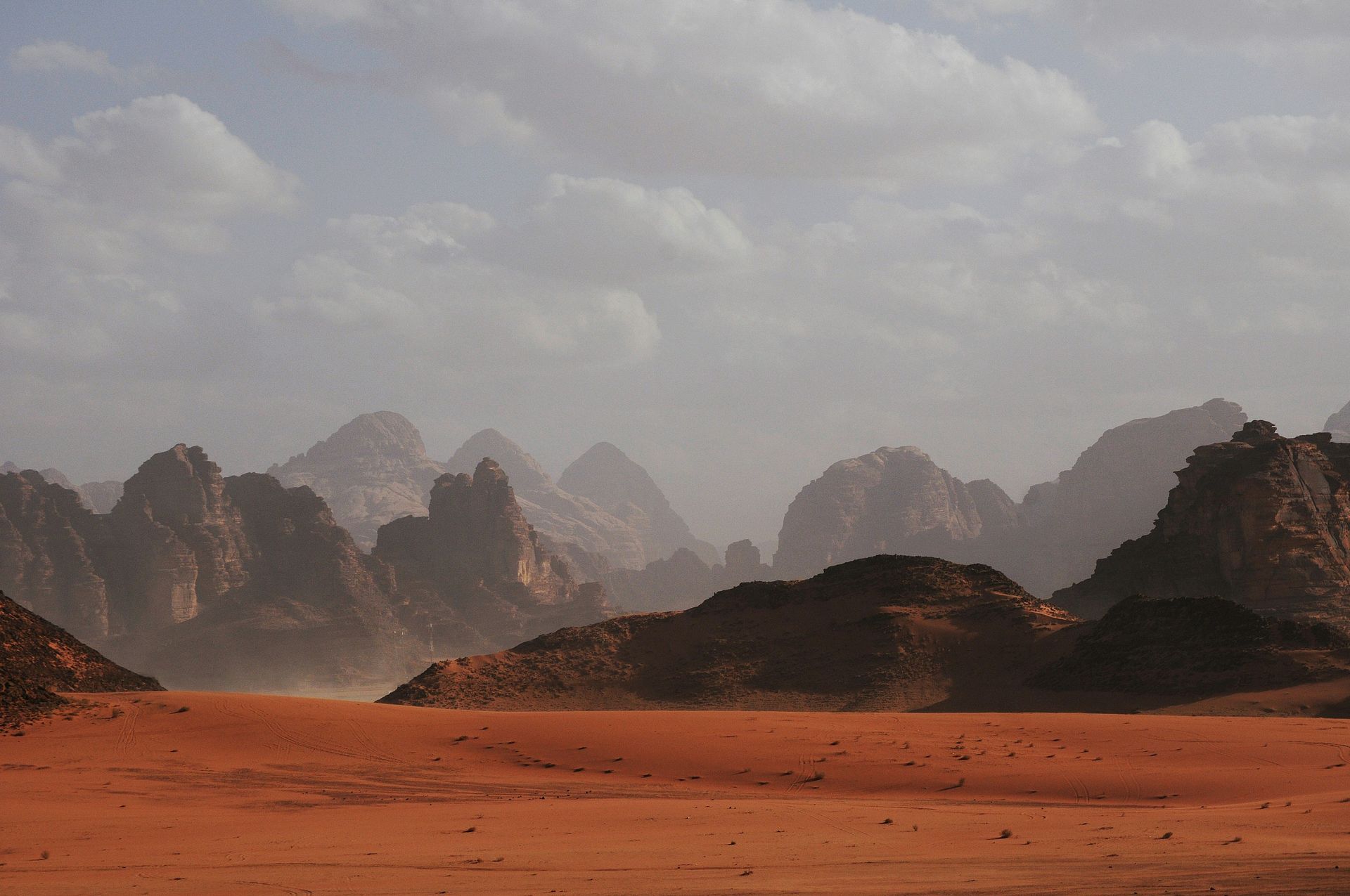
Slide title
Wadi Rum
Button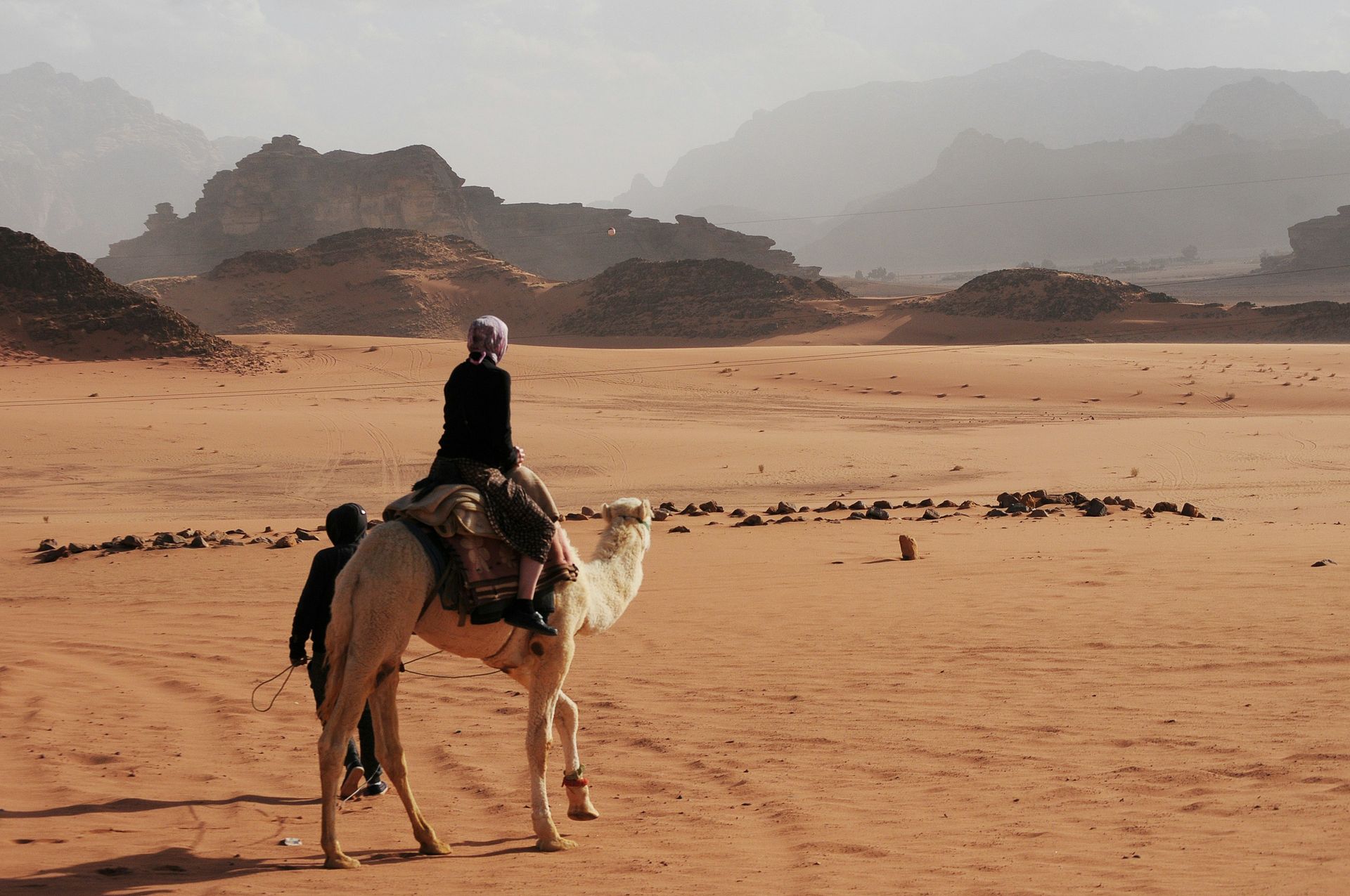
Slide title
Wadi Rum
Button
Slide title
Wadi Rum
Button
Slide title
Wadi Rum
Button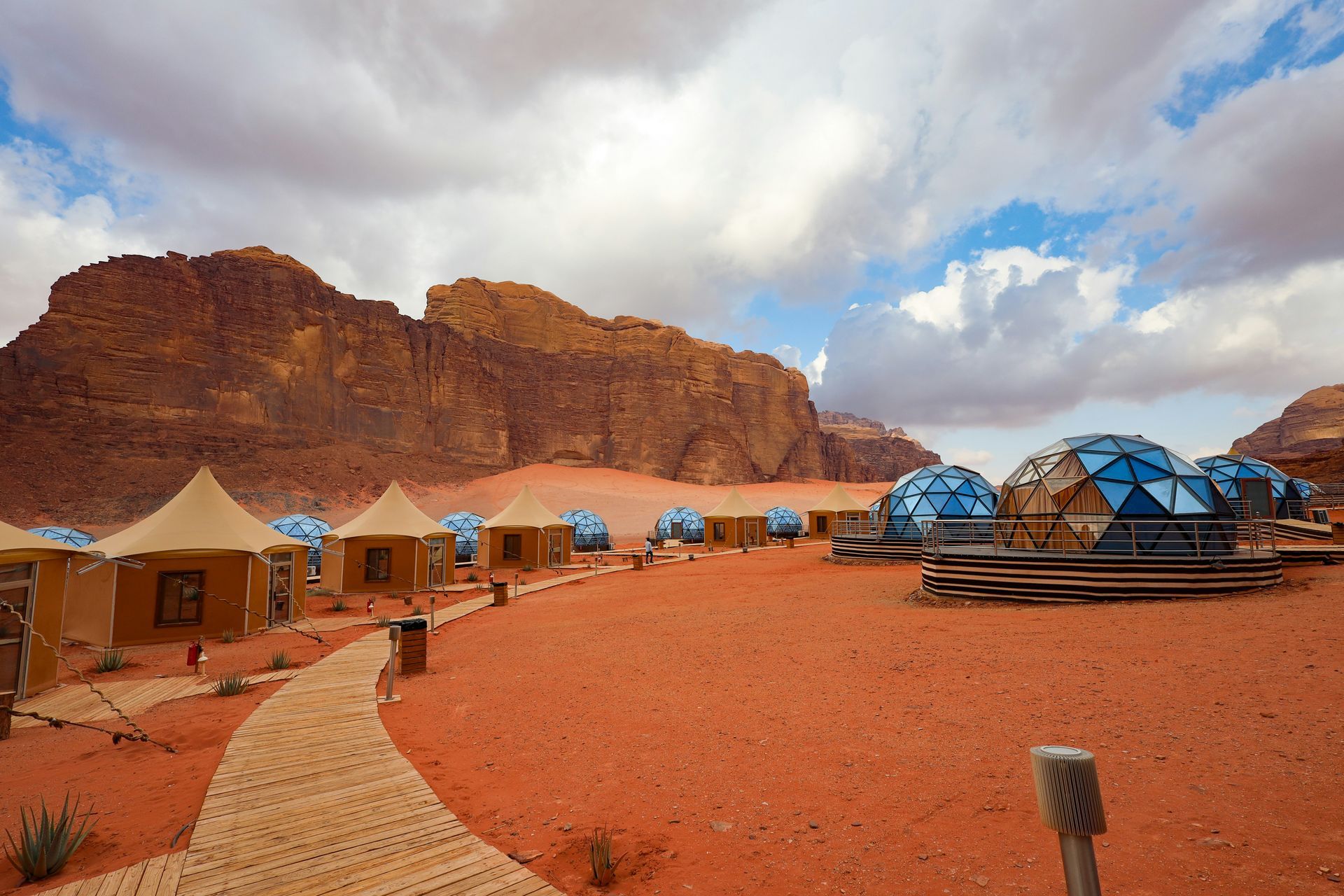
Slide title
Wadi Rum
Button
Slide title
Wadi Rum
Button
Slide title
Wadi Rum
Button
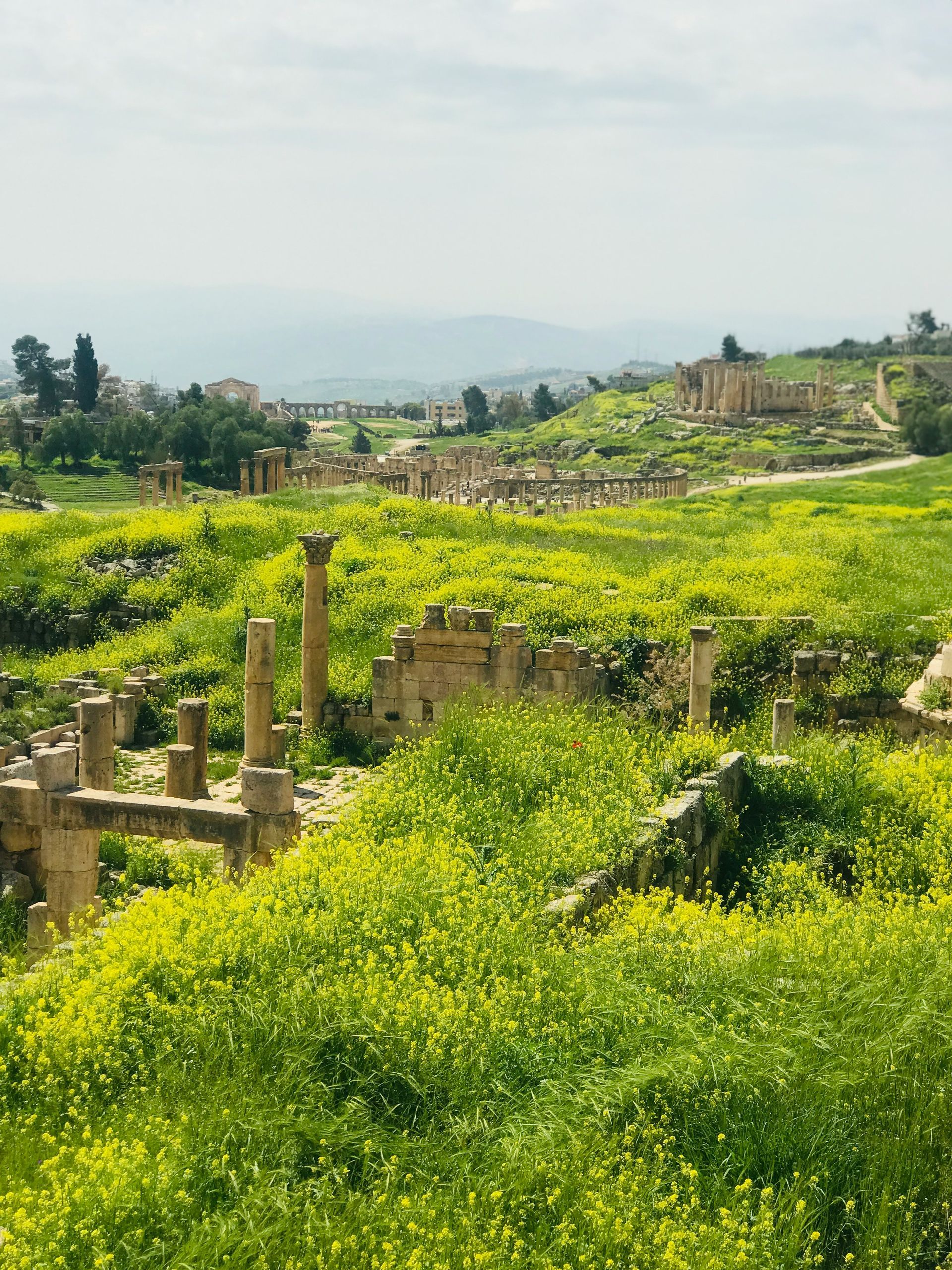
Slide title
Jerash
Button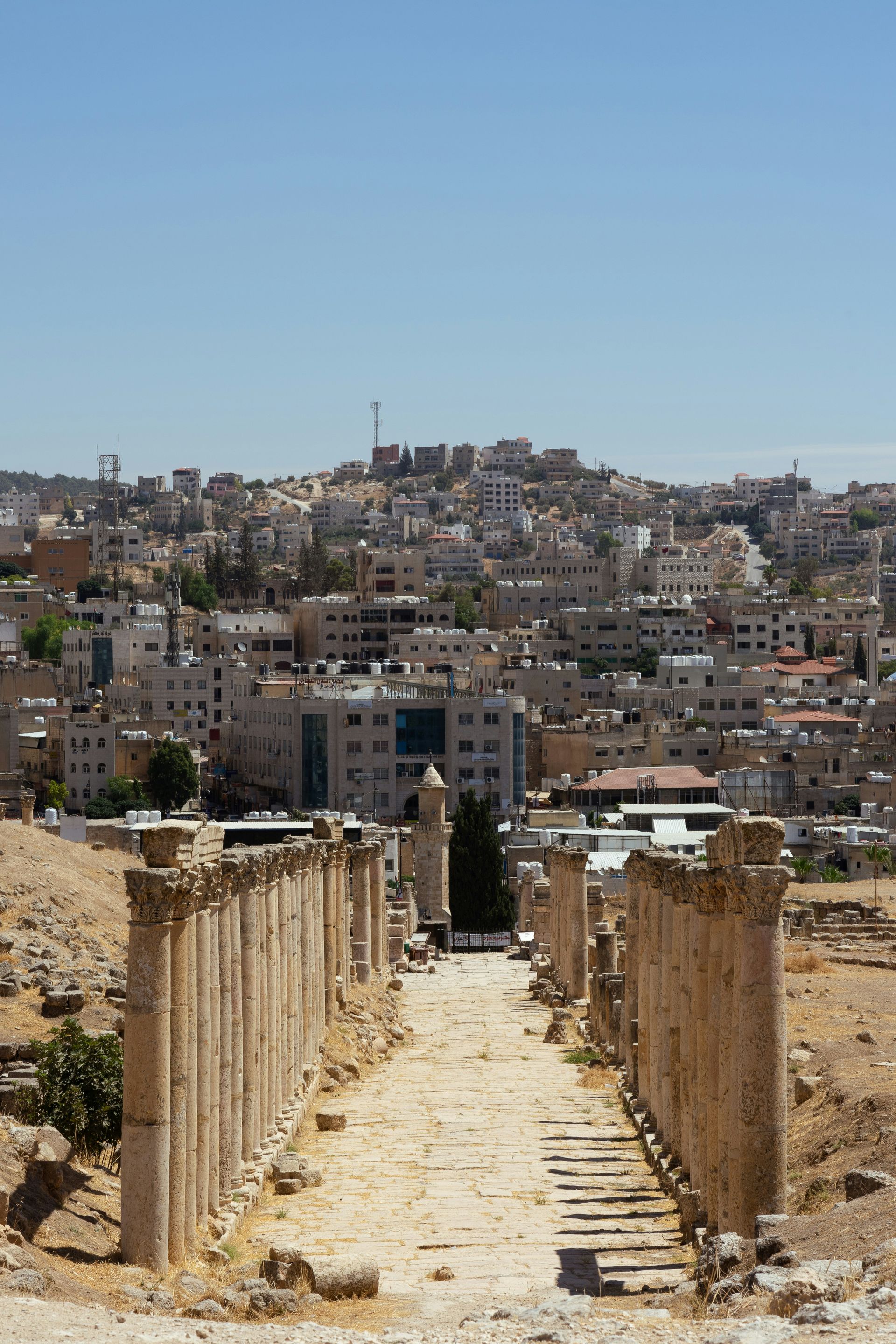
Slide title
Jerash
Button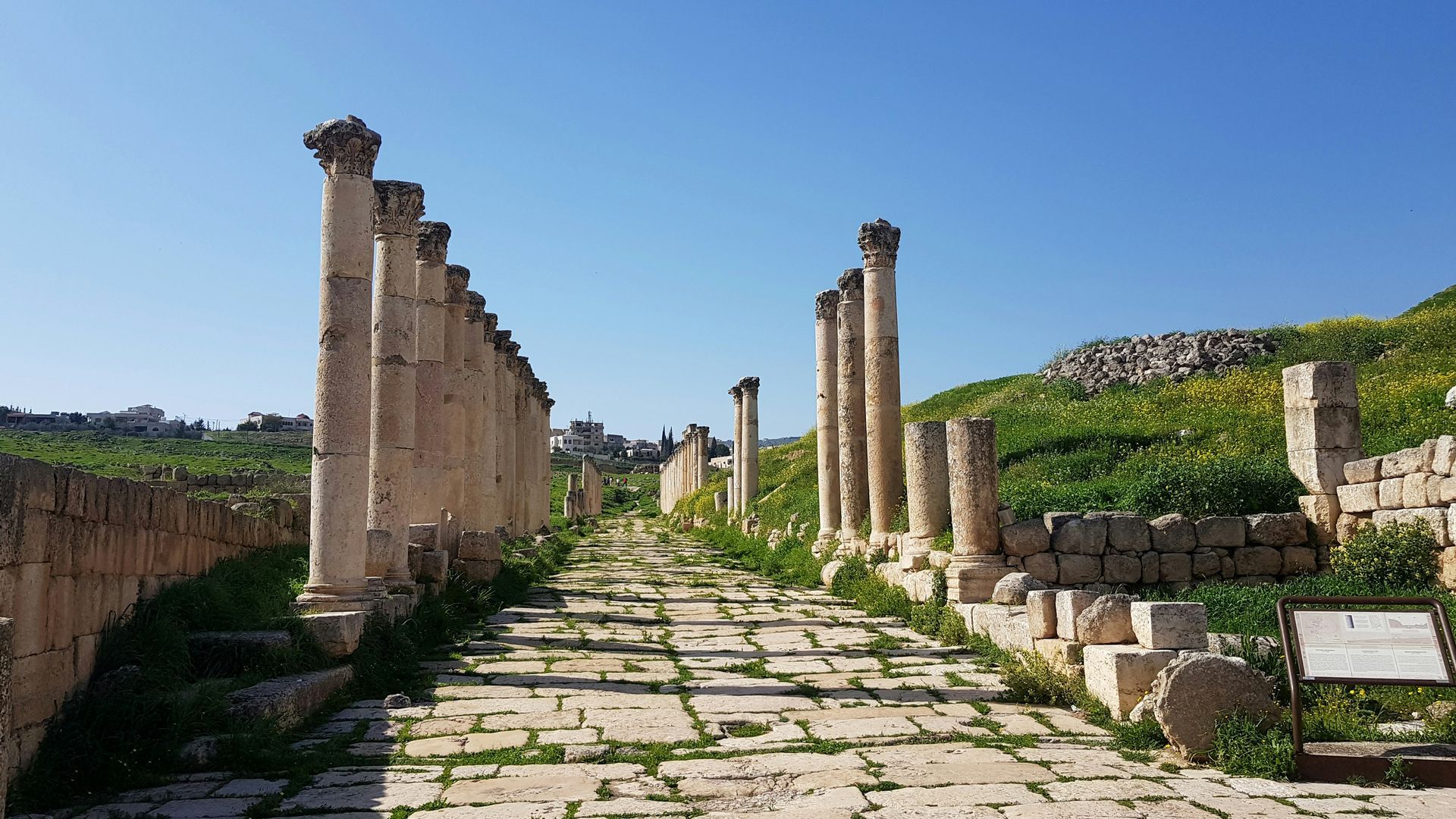
Slide title
Jerash
Button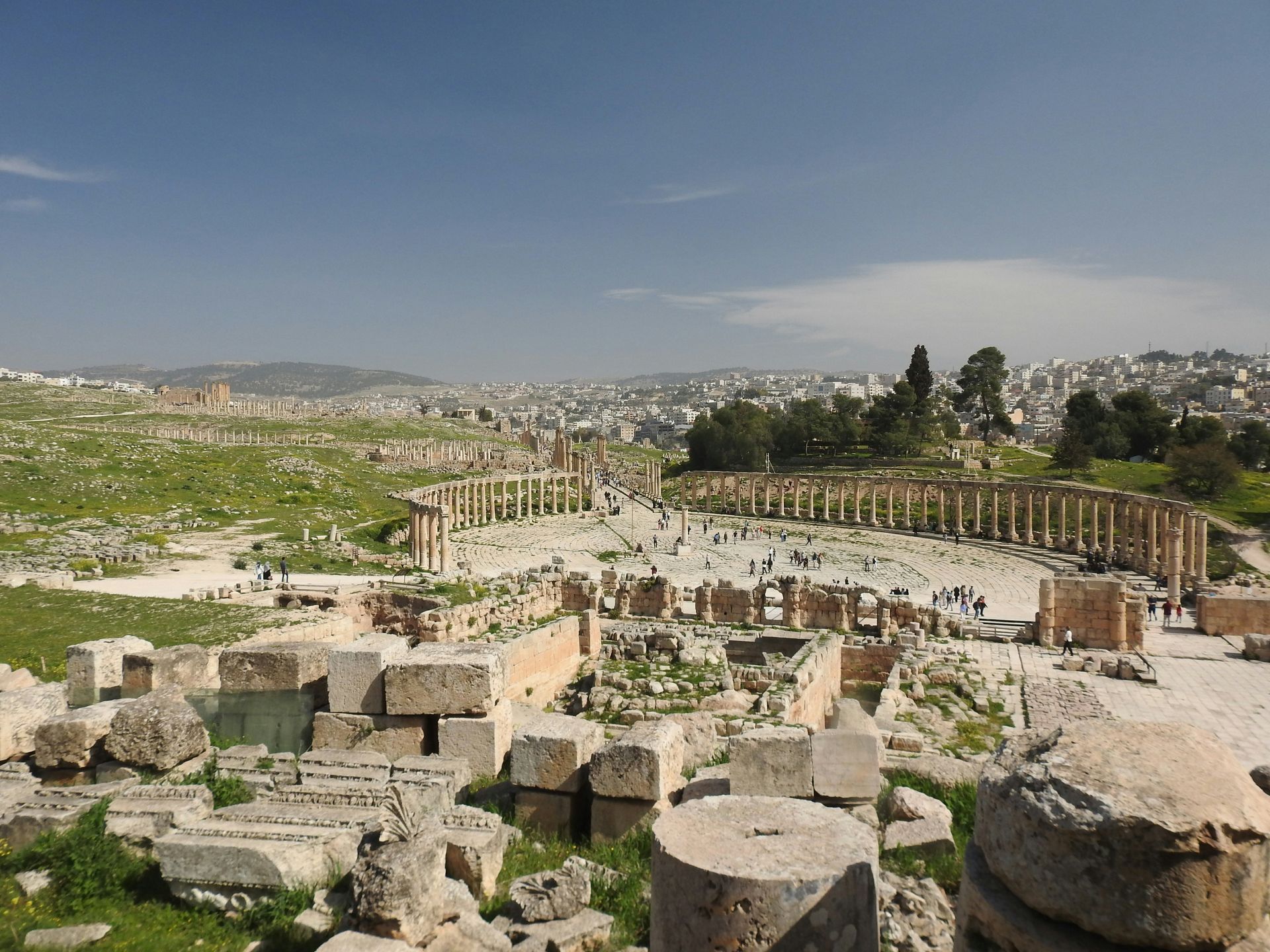
Slide title
Jerash
Button
Slide title
Jerash
Button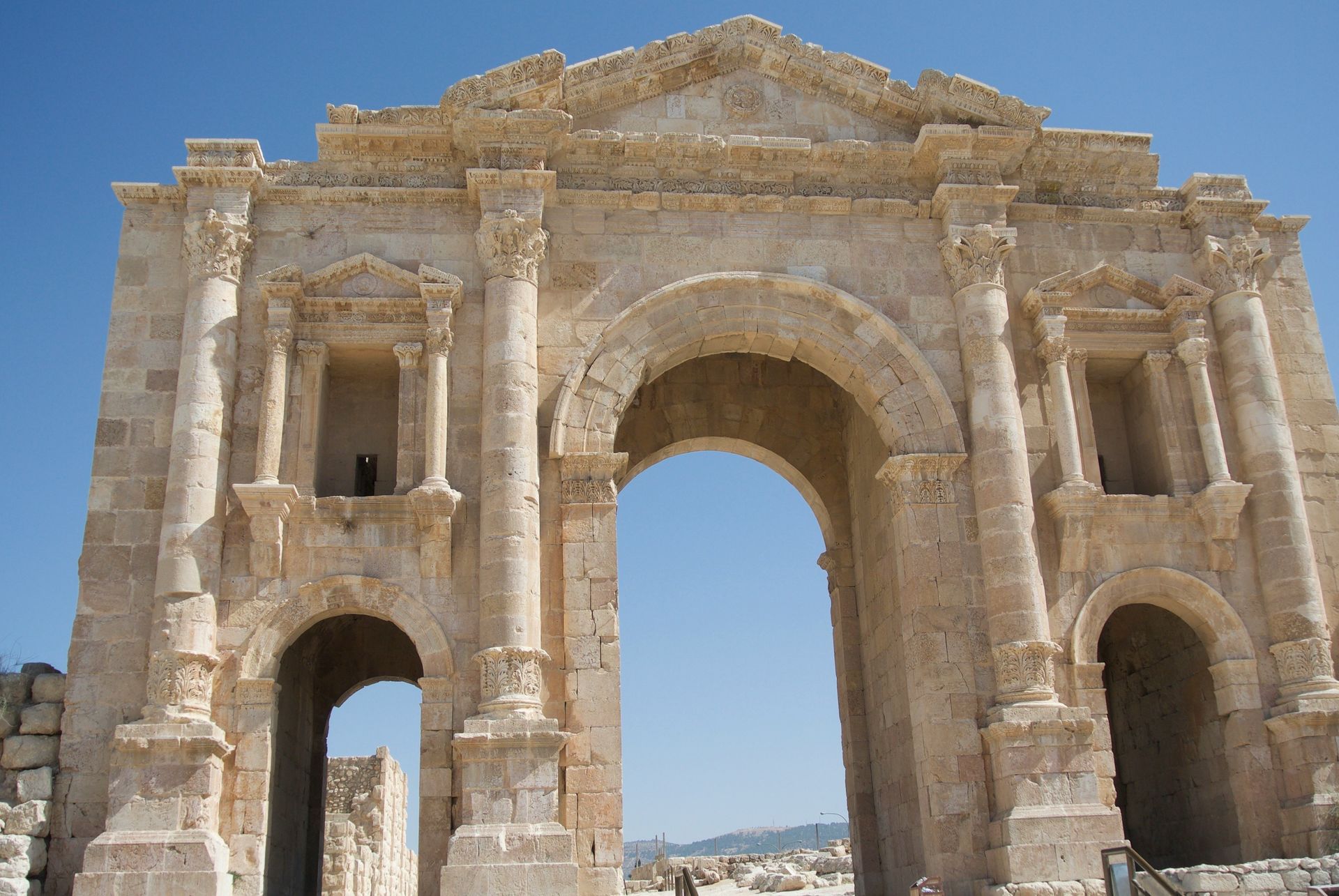
Slide title
Jerash
Button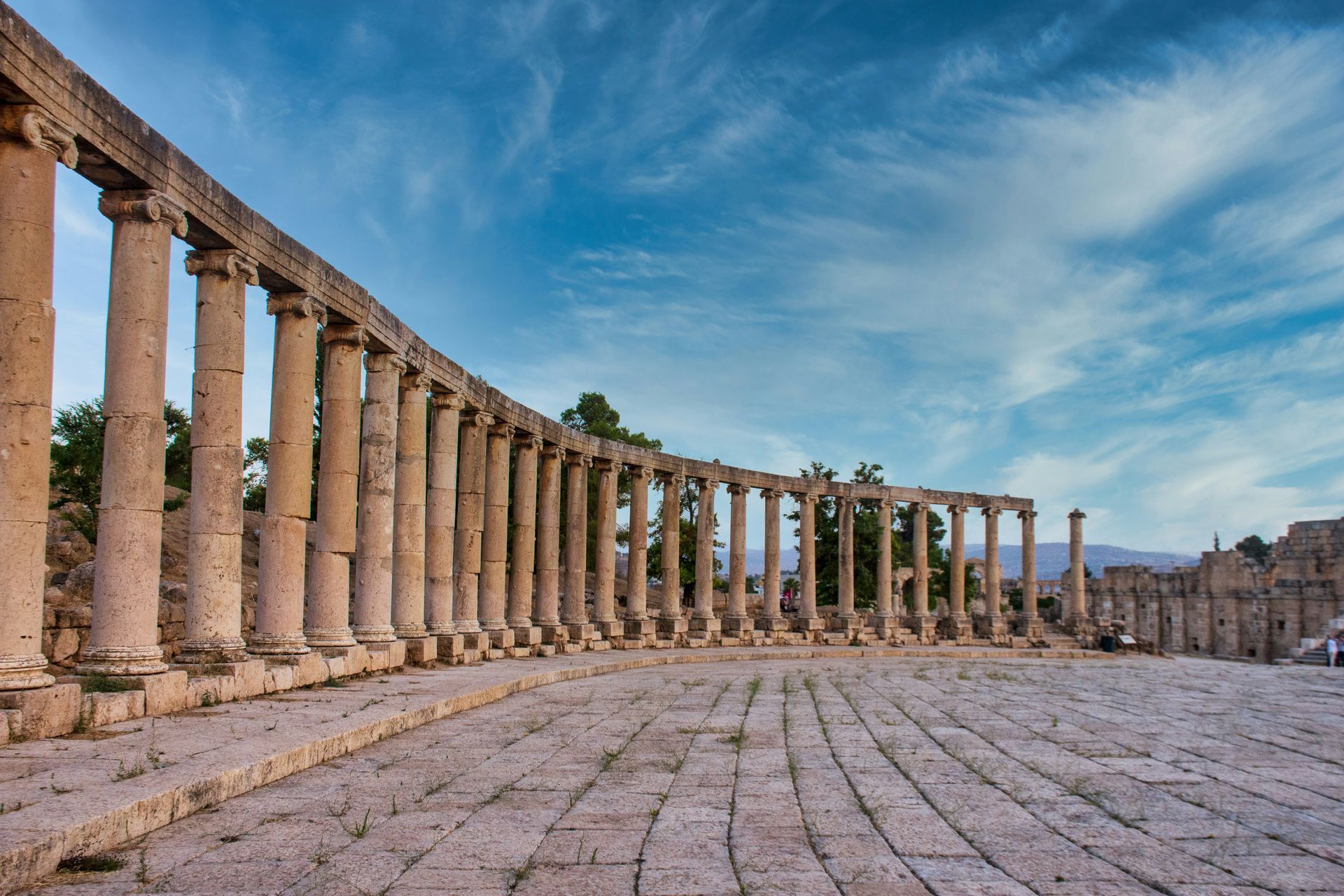
Slide title
Jerash
Button
Slide title
Jerash
Button
Slide title
Jerash
Button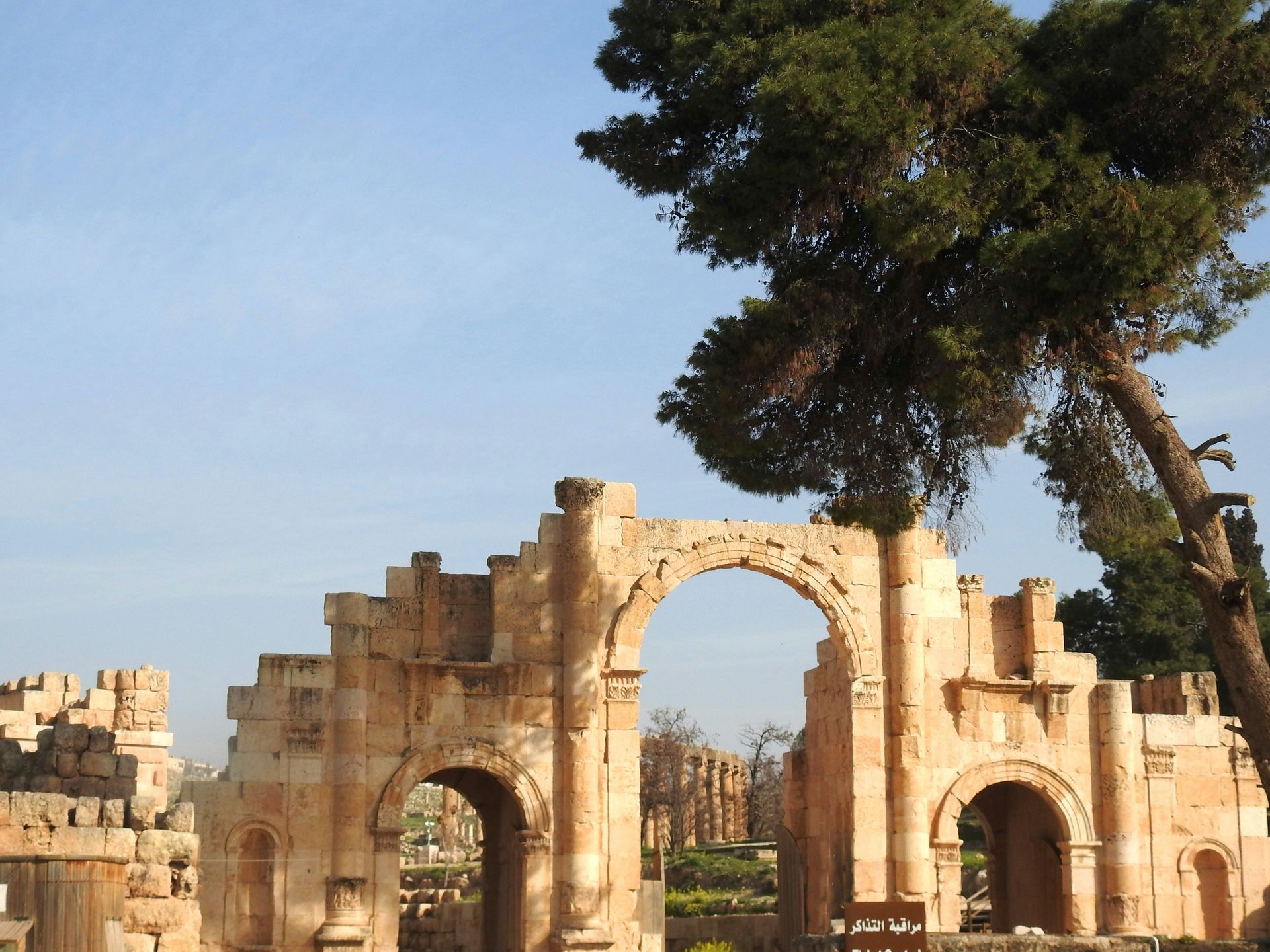
Slide title
Jerash
Button
Featured Destinations

Slide title
Petra
Button
Slide title
Petra
Button
Slide title
Petra
Button
Slide title
Petra
Button
Slide title
Petra
Button
Slide title
Petra
Button

Slide title
Dead Sea
Button
Slide title
Dead Sea
Button
Slide title
Dead Sea
Button
Slide title
Dead Sea
Button
Slide title
Dead Sea
Button
Slide title
Dead Sea
Button
Slide title
Dead Sea
Button
Slide title
Dead Sea
Button

Slide title
Wadi Rum
Button
Slide title
Wadi Rum
Button
Slide title
Wadi Rum
Button
Slide title
Wadi Rum
Button
Slide title
Wadi Rum
Button
Slide title
Wadi Rum
Button
Slide title
Wadi Rum
Button
Slide title
Wadi Rum
Button

Slide title
Jerash
Button
Slide title
Jerash
Button
Slide title
Jerash
Button
Slide title
Jerash
Button
Slide title
Jerash
Button
Slide title
Jerash
Button
Slide title
Jerash
Button
Slide title
Jerash
Button
Slide title
Jerash
Button
Slide title
Jerash
Button
The Jordanian Culture
Jordan’s culture beautifully blends ancient heritage with modern Arab warmth. Rooted in Bedouin traditions, it values hospitality, family, and respect. From the rhythm of folk music to the artistry of embroidery and cuisine, every detail reflects centuries of influence from Nabataean, Roman, and Islamic civilizations. Jordan’s cultural spirit is a living bridge between history and contemporary life.
Festivals & Traditions
Jordan’s festivals and traditions reflect its deep cultural roots and communal spirit. The Jerash Festival showcases music, dance, and theatre among ancient ruins, while religious celebrations like Ramadan and Eid bring families together in reflection and joy. Traditional Bedouin customs—centered on hospitality, storytelling, and dance—continue to unite Jordanians in a shared pride for their heritage.
Religion & Heritage
Jordan’s heritage is deeply intertwined with its religious history, serving as a sacred crossroads for faith and civilization. Home to sites like Mount Nebo, the Baptism Site of Jesus, and Petra’s ancient temples, it reflects a blend of Christianity, Islam, and ancient Nabataean culture. This spiritual legacy shapes Jordan’s identity and continues to inspire visitors worldwide.
Art & Handicrafts
Jordan’s art and handicrafts reflect its cultural diversity and ancient traditions. From intricate mosaics in Madaba to handwoven Bedouin rugs and delicate ceramics, each piece tells a story of heritage and craftsmanship. Local artisans preserve centuries-old techniques, blending modern creativity with ancestral skill, making Jordan’s art a vibrant expression of its enduring cultural identity.
The Jordanian Culture
Jordan’s culture beautifully blends ancient heritage with modern Arab warmth. Rooted in Bedouin traditions, it values hospitality, family, and respect. From the rhythm of folk music to the artistry of embroidery and cuisine, every detail reflects centuries of influence from Nabataean, Roman, and Islamic civilizations. Jordan’s cultural spirit is a living bridge between history and contemporary life.
Festivals & Traditions
Jordan’s festivals and traditions reflect its deep cultural roots and communal spirit. The Jerash Festival showcases music, dance, and theatre among ancient ruins, while religious celebrations like Ramadan and Eid bring families together in reflection and joy. Traditional Bedouin customs—centered on hospitality, storytelling, and dance—continue to unite Jordanians in a shared pride for their heritage.
Religion & Heritage
Jordan’s heritage is deeply intertwined with its religious history, serving as a sacred crossroads for faith and civilization. Home to sites like Mount Nebo, the Baptism Site of Jesus, and Petra’s ancient temples, it reflects a blend of Christianity, Islam, and ancient Nabataean culture. This spiritual legacy shapes Jordan’s identity and continues to inspire visitors worldwide.
Art & Handicrafts
Jordan’s art and handicrafts reflect its cultural diversity and ancient traditions. From intricate mosaics in Madaba to handwoven Bedouin rugs and delicate ceramics, each piece tells a story of heritage and craftsmanship. Local artisans preserve centuries-old techniques, blending modern creativity with ancestral skill, making Jordan’s art a vibrant expression of its enduring cultural identity.
Traditional Dishes
-
Mansaf
Mansaf, Jordan’s national dish, is a beloved symbol of hospitality and tradition. Made with tender lamb cooked in a rich yogurt sauce called jameed and served over rice with pine nuts, it’s often enjoyed during celebrations and family gatherings. More than a meal, Mansaf represents unity, generosity, and the deep-rooted Bedouin heritage of Jordan.
-
Zarb
Zarb is a traditional Bedouin dish slow-cooked in an underground sand oven. Layers of marinated meat, vegetables, and rice are steamed together, infusing rich smoky flavors. Often served during desert gatherings, Zarb represents the essence of Jordanian hospitality — a communal meal that connects travelers and locals under the stars.
-
Mtabbal
Mtabbal is a creamy and smoky eggplant dip made with roasted eggplant, tahini, garlic, and lemon juice. A staple of Jordanian cuisine, it’s often enjoyed with warm pita bread as a starter or side dish. Its smooth texture and rich flavor embody the simplicity and depth of Middle Eastern cooking, highlighting Jordan’s love for bold yet balanced tastes.
-
Galayet Bandora
Galayet Bandora is a simple yet flavorful Jordanian dish made from sautéed tomatoes, onions, garlic, and olive oil, often enhanced with chili and tender pieces of meat. Served with warm pita or rice, it embodies the heart of Jordanian home cooking — rustic, comforting, and full of bold Mediterranean flavor.
-
Knafeh
Knafeh is a beloved Jordanian dessert made from layers of shredded phyllo dough or semolina, filled with soft cheese, and soaked in fragrant sugar syrup. Topped with crushed pistachios, it’s crispy, sweet, and irresistibly rich. Often shared during celebrations and family gatherings, knafeh perfectly captures the warmth and indulgent spirit of Jordanian hospitality.
-
Maqluba
Maqluba, meaning “upside down” in Arabic, is a flavorful Jordanian dish made by layering rice, vegetables, and meat in a pot, then flipping it onto a platter before serving. Its golden layers create a stunning presentation and a delicious blend of textures. Often shared at gatherings, Maqluba reflects Jordan’s warmth, creativity, and love for communal dining.
Traditional Dishes
-
Mansaf
Mansaf, Jordan’s national dish, is a beloved symbol of hospitality and tradition. Made with tender lamb cooked in a rich yogurt sauce called jameed and served over rice with pine nuts, it’s often enjoyed during celebrations and family gatherings. More than a meal, Mansaf represents unity, generosity, and the deep-rooted Bedouin heritage of Jordan.
-
Zarb
Zarb is a traditional Bedouin dish slow-cooked in an underground sand oven. Layers of marinated meat, vegetables, and rice are steamed together, infusing rich smoky flavors. Often served during desert gatherings, Zarb represents the essence of Jordanian hospitality — a communal meal that connects travelers and locals under the stars.
-
Mtabbal
Mtabbal is a creamy and smoky eggplant dip made with roasted eggplant, tahini, garlic, and lemon juice. A staple of Jordanian cuisine, it’s often enjoyed with warm pita bread as a starter or side dish. Its smooth texture and rich flavor embody the simplicity and depth of Middle Eastern cooking, highlighting Jordan’s love for bold yet balanced tastes.
-
Galayet Bandora
Galayet Bandora is a simple yet flavorful Jordanian dish made from sautéed tomatoes, onions, garlic, and olive oil, often enhanced with chili and tender pieces of meat. Served with warm pita or rice, it embodies the heart of Jordanian home cooking — rustic, comforting, and full of bold Mediterranean flavor.
-
Knafeh
Knafeh is a beloved Jordanian dessert made from layers of shredded phyllo dough or semolina, filled with soft cheese, and soaked in fragrant sugar syrup. Topped with crushed pistachios, it’s crispy, sweet, and irresistibly rich. Often shared during celebrations and family gatherings, knafeh perfectly captures the warmth and indulgent spirit of Jordanian hospitality.
-
Maqluba
Maqluba, meaning “upside down” in Arabic, is a flavorful Jordanian dish made by layering rice, vegetables, and meat in a pot, then flipping it onto a platter before serving. Its golden layers create a stunning presentation and a delicious blend of textures. Often shared at gatherings, Maqluba reflects Jordan’s warmth, creativity, and love for communal dining.
Love this destination?
Have Viking Travel book your next getaway!


